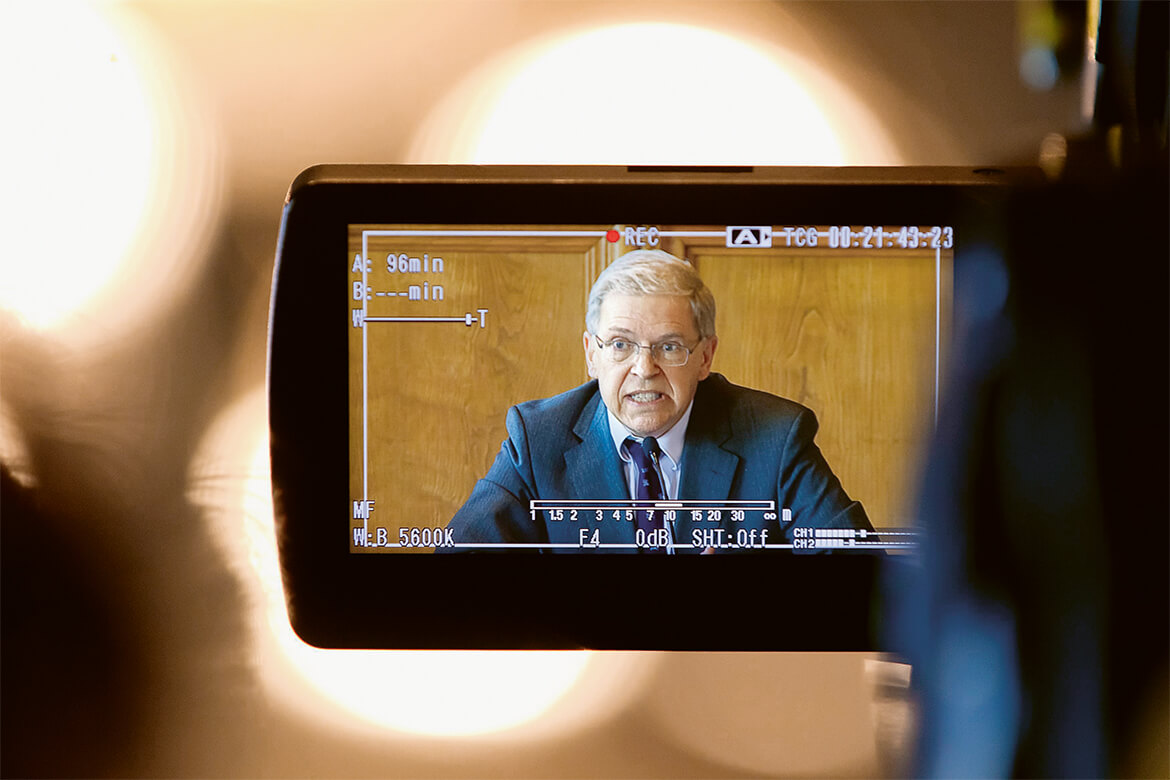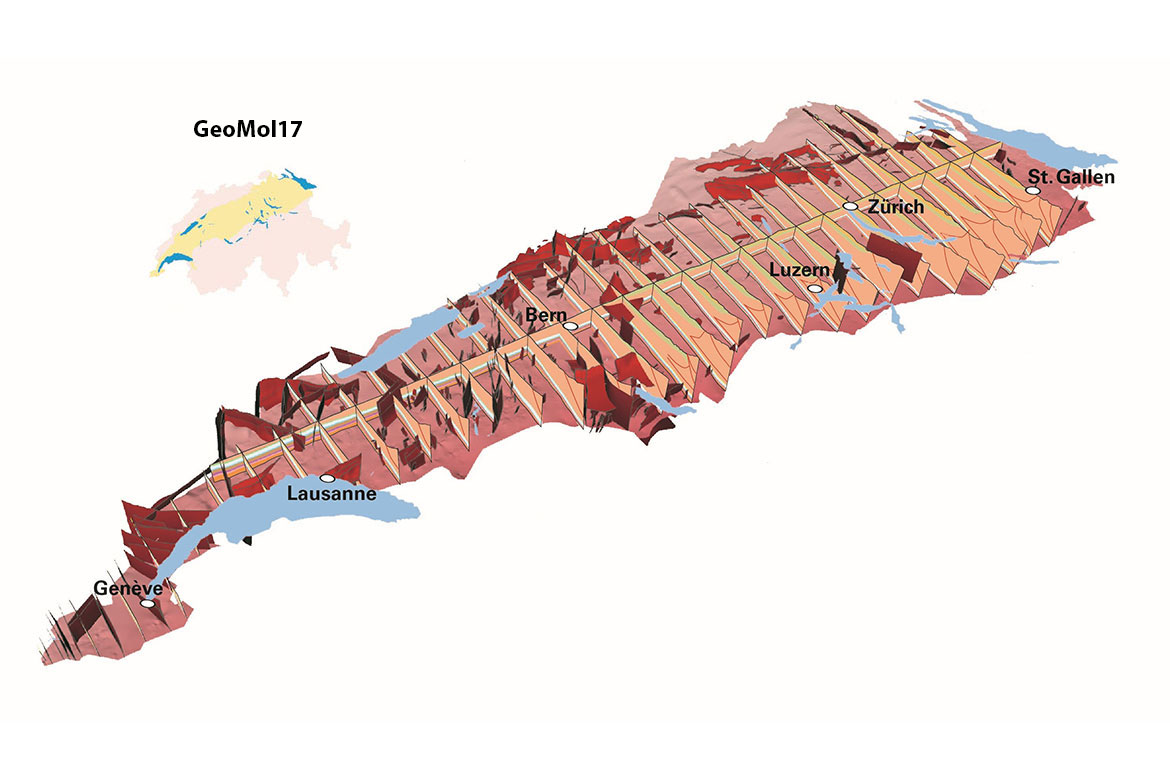When explosions create gravitational waves
A light black hole or a neutron star created by a supernova could be accelerated towards a supermassive black hole, creating ripples in space-time.

Gravitational waves could demonstrate the effect of a supernova. | Image: Raocat22/Wikimedia commons
Supernovae explosions could generate gravitational waves that might be detected by the Laser Interferometer Space Antenna (LISA), according to astrophysicists in Switzerland and Italy. Set for take-off in the 2030s, LISA should have no problem detecting gravitational waves from merging supermassive black holes. But waves are also likely to be given off when much lighter compact objects, such as ordinary black holes and neutron stars, spiral into a supermassive black hole.
Scientists believe that such events begin when compact objects get close to a supermassive black hole after being nudged by the gravitational pull of other stars. But Elisa Bortolas of the University of Zurich and Michela Mapelli of the University of Padua reckon it might also happen, thanks simply to the supernova explosions that create these objects in the first place.
Supernovae occur when a massive star runs out of nuclear fuel, its gravity causing it to collapse and explode. Much of its material is ejected into space, while the rest forms a compact object. Because the ejection is asymmetrical, and because momentum must be conserved, the compact object gets accelerated in a certain direction. Bortolas and Mapelli argue that a small fraction of those kicks should place the black hole or neutron star in an inspiral orbit around a supermassive black hole, and that LISA should detect radiation from up to ten such events a year.
However, Bortolas cautions that the rate of such inspirals depends heavily on poorly known quantities, such as the spin of supermassive black holes and how stars are distributed around them.




